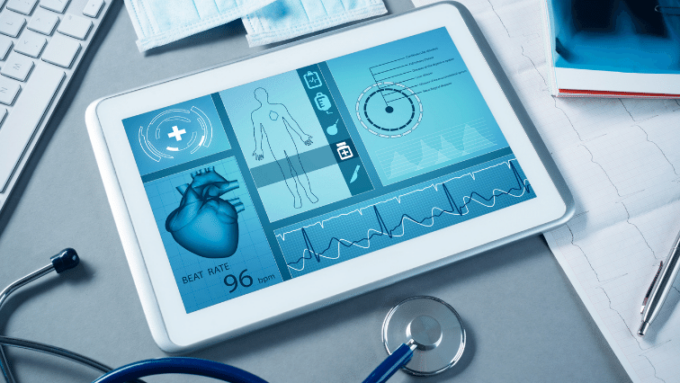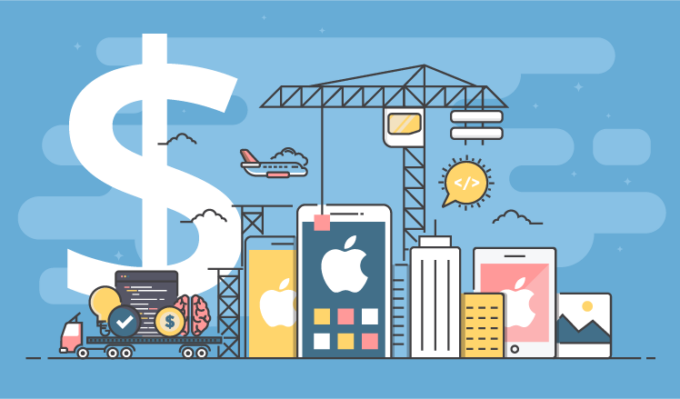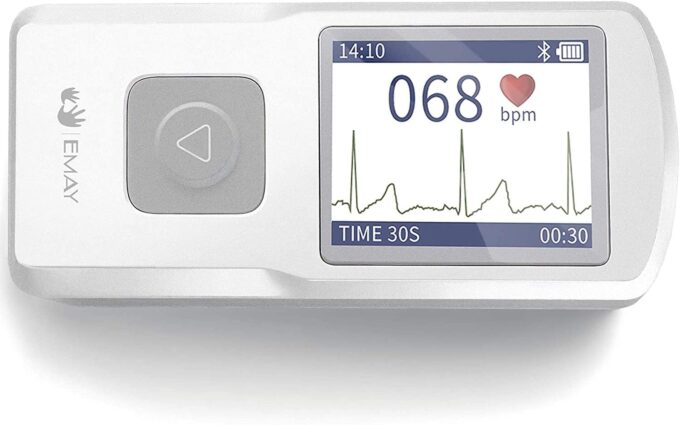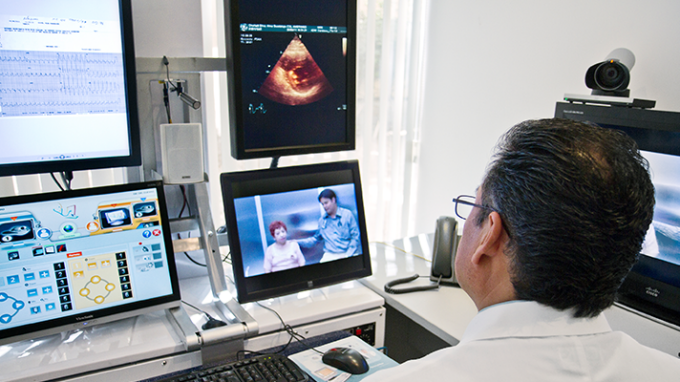The majority of processes in the healthcare domain have changed (or are changing now) because of digital transformation. For example, medical professionals now can access their patients’ medical history via an electronic health record (EHR) system and find the right diagnosis and treatment that fit the individuals faster. Patients, on the other hand, benefit from on-demand healthcare and consult with doctors online.
Let’s explore challenges to digital transformation, its impact on clinical activities and settings, and the main trends that dominate the contemporary healthcare industry.
Obstacles IT Professionals Face in the Industry
Digital transformation in healthcare industry started decades ago. However, Diversido.io still faces niche-specific challenges they have to resolve. It includes inadequately equipped facilities, lack of alternative digital solutions, compliance and technical issues, and others.
Compliance Regulations
The healthcare industry is grounded on regulations around the process of providing medical services. IT developers must be well aware of all the authority requirements related to various digital healthcare solutions.

Here are a few of the main regulations to pay attention to:
- HIPAA act stands for the protection of users’ sensitive personal data (HIPAA Rules are an American regulation, but laws similar to it exist in almost every other country.)
- HITECH act promotes the adoption of EHRs (in the USA.)
- GDPR law regulates the processing and managing of patients’ sensitive personal data for businesses that operate in Europe.
Failure to comply with these regulations often means that a service or a product won’t be accepted for use in clinical organizations or treatments legally. If audits, for instance, prove that a product isn’t HIPAA compliant, a business that developed it is expected to pay a fine. Non-compliance also often leads to data leaks and breaches because patients’ private info is an attraction for hackers. That threatens patients’ safety and the quality of the medical care they’re receiving.
Lack of Digital Infrastructure
Nearly every medical facility has a digital infrastructure that is advanced to a certain extent. But not all of them are compatible with modern technologies — e.g., almost half of American hospitals are still running on Windows 7 which hasn’t been maintained since 2020.
The issue is complicated by the need to standardize processes in the medical industry. One patient may receive care in multiple facilities. But transferring information would be severely complicated if some of them had digital data management while others did not. Healthcare digital systems like EHRs are often not connected or not connected well enough, and it creates an interoperability problem.
Finally, both personnel and patients may not know how to use the solutions they’re offered. That’s another issue for a development team to address as well.
Lack of Digital Health Software Customization

A lot of startups in the healthcare industry require their vendors to have expertise both in tech and in healthcare — particularly those working in biotech or creating devices for clinical settings. These are niche solutions that require a niche approach in fields where a lack of talent exists.
IT professionals should come up with solutions that would replace the healthcare’s legacy system and support the adoption in a way that won’t disrupt clinical processes. These systems must be grounded in the principles of security and interoperability — and they should address the specific needs of the healthcare facility they are installed within. For that to happen, healthcare software development has to incorporate feedback from doctors and other clinical professionals. The absence of a user’s perspective in healthcare software development leads to said software being unusable and cumbersome for hospital workers and employees in other care settings.
High Development Costs
If the challenges above are tackled, the cost of developing digital solutions rises. Let’s review factors impacting the final cost in detail:
- Complexity and the functionality of the digital infrastructure. Developing a well-functioning digital solution that fits specific care settings is time-consuming.
- Wages of developers. The pay rate of contractors depends on their region, development experience, and presence of domain expertise (that’s a must in case you want to develop for healthcare.)
- Prototyping and testing. Prototyping is creating test models of working digital systems, and testing is finding errors in the said systems — via the help of quality assurance teams and through user testing. The quality of development relies on whether the solution is usable and viable — and these stages are needed to verify that.
- Technical support and maintenance. Most development agencies offer technical support and maintenance for their software or a digital system. They include updates, resolving technical issues users report about, etc. That factor also cannot be overlooked.

As evident, software development companies have three more factors to consider in addition to their pay expectations. Brushing off one or two of these factors can, of course, lower the development, but the project’s outcomes will likely be negatively affected.
Data Security
Healthcare databases typically store vast amounts of medical data and patients’ personal information.
The medical regulations obligate service providers to ensure the complete security of information stored. In the context of software development, contractors are expected to stick to healthcare guidelines and clients’ requirements while creating reliable digital applications.
Digital Transformation Trends in Modern Healthcare
The healthcare industry is already undergoing digital transformation — but technologies constantly evolve, bringing new solutions and opportunities to the global market. Let’s review several biggest trends in the industry.
Wearable Devices Powering Up On-Demand Healthcare

Wearable medical devices such as fitness trackers, ECG monitors, blood pressure monitors, etc., are very popular in the modern healthcare and fitness industries. They are used to track vital health indicators with the help of motion, interstitial fluid (ISF), or other sensors placed on the body or clothes.
Wearable devices can gather information about people’s general well-being:
- Physical activity
- Hands hygiene
- Sleep length and quality
They can also gather vital signs like
- Blood sugar level
- Respiratory rate
- Blood pressure level
- Heart rate
- Body temperature.
All of these help people better understand what’s happening in their bodies and assist doctors in drawing out more accurate and personalized diagnoses and treatment plans.
AI-Powered Healthcare Solutions
Artificial intelligence (AI) uses machine-learning algorithms to perform labor-intensive administrative and research-related tasks or enhance treatment delivery.

Some of the ways AI is employed in healthcare are the following:
- Natural language processing (NLP) of clinical records
- Diagnostic imaging processing
- Software for clinical predictive analytics
- Smart chatbots
Currently, AI improves management processes in the healthcare industry, helps to deliver better communication and support, and enhances treatment outcomes. AI greatly assists medical professionals so they can focus on the essential healthcare aspects — communicating with patients and finding the right care for them. It’s also a great asset for research facilities — f.i., Deep Mind’s AI has recently helped solve a protein folding problem that scientists couldn’t figure out for 50 years.
Virtual Reality for Clinical Settings
The majority of virtual reality (VR) solutions in the healthcare industry provide simulated environments for medical education. Professionals may improve their skills and enhance their knowledge using VR through interactive training programs, surgery simulations, and other VR-powered projects that are built to help them improve their expertise.
A small subset of VR solutions are dedicated to helping patients: for instance, VR solutions can be an asset in pain management and mental health therapy related to PTSD and social difficulties.
Telehealth Technology

Some of the conventional healthcare system’s problems that telehealth helps to overcome are the following:
- Lack of care accessibility due to health conditions or costs of the commute
- Difficulty in scheduling a convenient time for a visit
- Patients turning to Dr. Google’s opinion on their symptoms instead of going to the doctor because of the factors above
Telehealth technology helps medical professionals to deliver care remotely via online consultation through chats and video conferencing tools.
The Impact of Digital Transformation on Healthcare
Digital transformation greatly benefits healthcare delivery overall. It helps medical professionals to manage patients’ data better, handle scheduling and planning quicker, and deliver higher quality treatment overall.
In the meanwhile, users of healthcare apps can stay in touch with their doctors, which is vital for people with serious conditions. They can monitor their health and increase awareness of how to improve their well-being.
In fact, digitizing healthcare is considered such a beneficial trend that more than 80% of executives accelerate technology adoption in their medical facilities.









